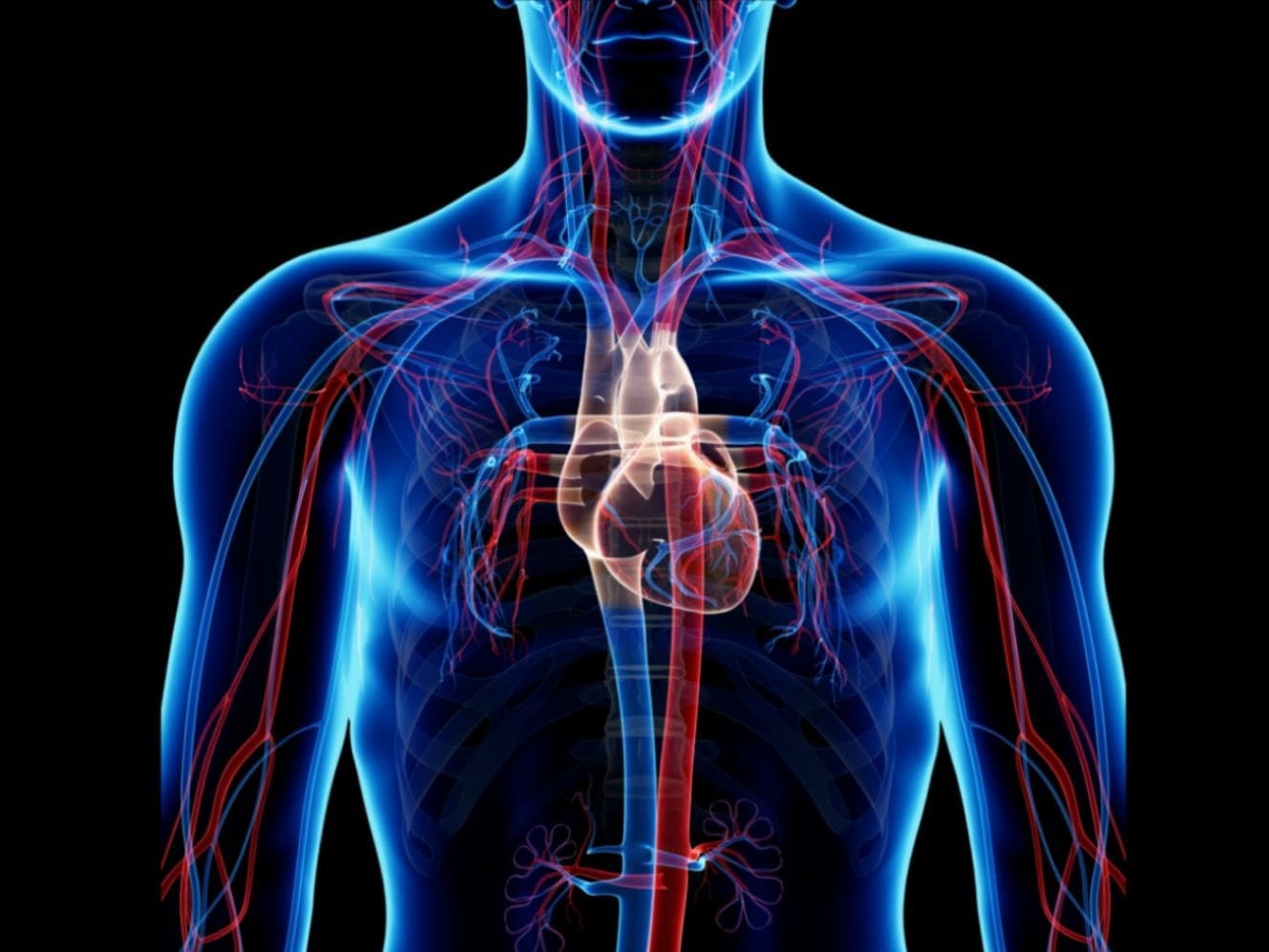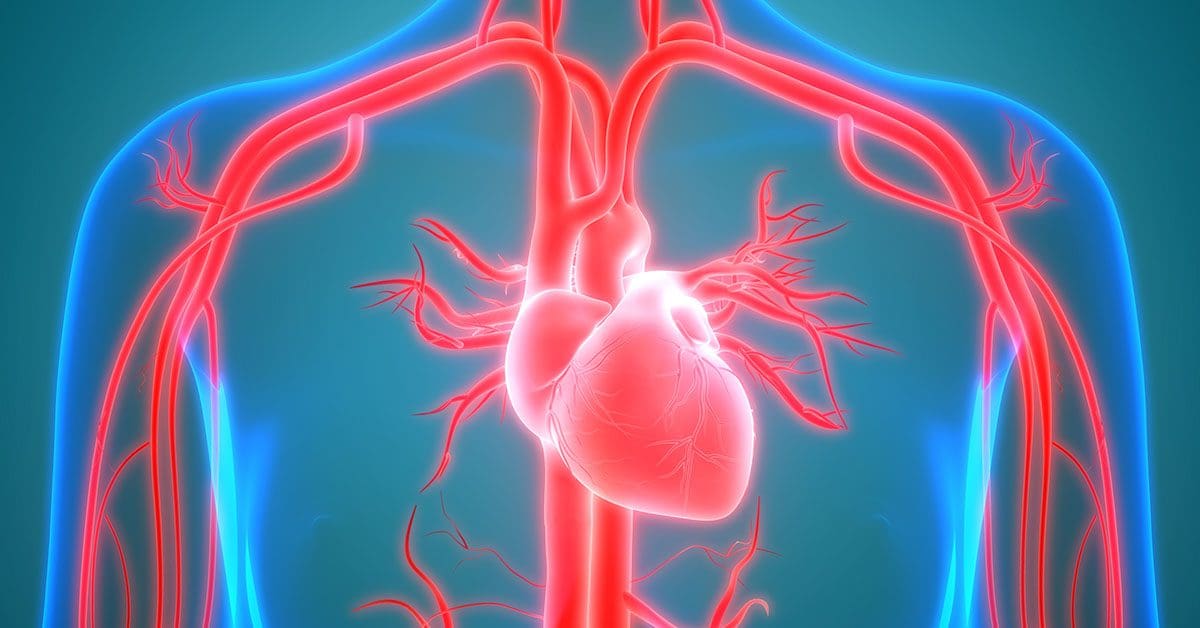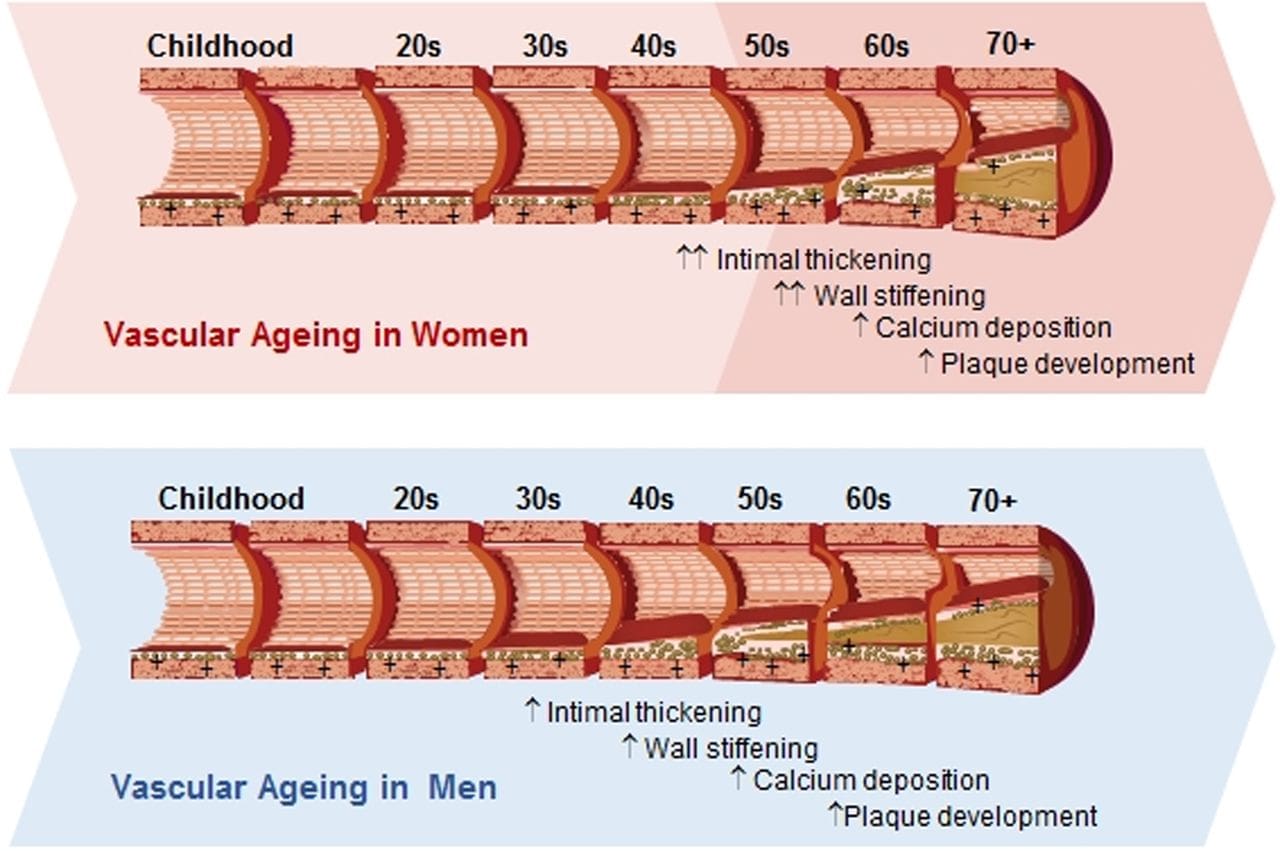
Table of Contents
Introduction
The heart plays an important role in the body. It helps pump blood through the arteries and it makes sure that the red blood cells are traveling to each organ system and muscle tissue. Not only that but through the cardiovascular system, it makes sure that it’s bringing oxygen and nutrients as well. When there are pathogens that can disrupt the cardiovascular system like inflammation or cardiovascular diseases, they can damage the arteries and blood vessels causing more problems for the body. In this 2 part series, we will be taking a look at the vascular system, its functions, and discussing what is vascular aging. Part 2 will be discussing what is cardiovascular disease and how to prevent it. By referring patients to qualified and skilled providers who specialized in cardiovascular services. To that end, and when appropriate, we advise our patients to refer to our associated medical providers based on their examination. We find that education is the key to asking valuable questions to our providers. Dr. Jimenez DC provides this information as an educational service only. Disclaimer
Can my insurance cover it? Yes, in case you are uncertain here is the link to all the insurance providers we cover. If you have any questions, please call Dr. Jimenez at 915-850-0900.
What Is Vascular System?
Also known as the circulatory system, the vascular system is made up of vessels that transports blood and lymph throughout the body. Some of the vessels that are in the circulatory system include:
- Arteries: Blood vessels that transport oxygenated blood away from the heart.
- Veins: Blood vessels that transport blood back to the heart.
- Capillaries: Tiny blood vessels that are between the arteries and veins that transport oxygen-riched blood throughout the body.
Research also shows that as blood is being moved through the circulatory system, it goes through three circuits and moves in a continuous pattern. The three circuits are:
- The pulmonary circuit: Carries non-oxygenated blood from the heart to the lungs.
- The systemic circuit: Carries blood cells that contain oxygen, nutrients, and hormones to be traveling from the heart to the rest of the body.
- The coronary circuit: Provides the heart muscle oxygenated blood from the heart arteries to be sent to the lungs.
The Endothelial Function
As the largest endocrine organ in the body, studies show that endothelium is a monolayer of endothelial cells. The endothelial cells are the inner cellular lining of the vessels in the circulatory system and the lymphatic system. They help with growth inhibition to the body, are antithrombotic, and are anti-inflammatory to the entire body. The endothelial function plays a huge role in the body as it helps control the blood fluidity in the body while also regulating immunology, inflammation, and metabolizes as an endocrine organ. Other studies also show that there are techniques that measure endothelial function by taking a look at the vascular tone modulation, dynamic permeability, and its biomarkers.
What Is Vascular Aging?
Just like how hormones naturally age as a person gets older, so does the blood vessels in the body. As research studies have stated, vascular aging is associated with the mechanical changes and structural properties of the vascular wall that can lead to the arterial walls losing their elasticity and can reduce arterial compliance. When both males and females get older with age, their arterial wall starts to change when they reach the age of 70. The arterial walls start to be stiff and thicken up inside, causing the arteries to develop plaque and calcium deposition as well. When arterial compliance is young and healthy, it can reduce disease states like hypertension, diabetes, and renal failure. However, when there are changes in arterial compliance, it can actually manifest into cardiovascular diseases if it is not taken care of.
Other research studies show that vascular aging actually plays a role in the morbidity and mortality in older people. This is due to the cellular and functional changes that can occur in the vascular system when the body begins to age over time. Some of the dysfunctions that can be caused due to vascular aging include:
- Oxidative stress
- Mitochondrial dysfunction
- Chronic low-grade inflammation
- HCTP dysfunction
Vascular Disease
Vascular disease is the “correct†but a chronic dysregulated and exaggerated response to infinite vascular insults with finite responses and environmental-gene expression patterns. Research has shown that vascular disease can include any condition that affects the circulatory system and can cause diseases in the arteries. Some of the symptoms that can cause vascular diseases to be in the body vary from the type of vascular disease that is affecting the body. One of the vascular diseases that can affect the body is PAD or peripheral arterial disease.
Research shows that peripheral arterial disease is a chronic progressive atherosclerotic disease that affects the iliac arteries, lower limbs, and the abdominal aorta. Other research studies also show that peripheral arterial disease can also cause reduced blood flow through the arteries causing extremities like thigh or calf pain from walking, this is known as “poor circulation” and it can affect a person’s health if it is not treated.
Conclusion
All in all, it is important that individuals should take care of their circulatory system by taking the proper nutraceutical supplements and nutritious food that provides the necessary nutrients and vitamins that the body needs, but also exercising regularly to promote oxygen in the blood and making sure that the heart is pumping out the oxygen-riched blood to each of the muscle tissues and organ systems that need that blood. Without it, the body will be dysfunctional and unwanted chronic diseases will disrupt the circulatory system, causing the individual to not feel well over time and even develop chronic symptoms that can cause the individual pain. So by taking care of the vascular system, the body can continue to function properly and the individual can continue on with their day pain-free.
References
Chia, Po Ying, et al. “Overview of the Assessment of Endothelial Function in Humans.†Frontiers in Medicine, Frontiers Media S.A., 7 Oct. 2020, www.ncbi.nlm.nih.gov/pmc/articles/PMC7575777/.
Félétou, Michel. “The Endothelium.†National Center for Biotechnology Information, U.S. National Library of Medicine, 1 Jan. 1970, www.ncbi.nlm.nih.gov/books/NBK57149/.
Gul, Fahad, and Sean F Janzer. “Peripheral Vascular Disease.†StatPearls [Internet]., U.S. National Library of Medicine, 29 Apr. 2021, www.ncbi.nlm.nih.gov/books/NBK557482/.
Jani, B, and C Rajkumar. “Ageing and Vascular Ageing.†Postgraduate Medical Journal, BMJ Group, June 2006, www.ncbi.nlm.nih.gov/pmc/articles/PMC2563742.
Medical Professionals, Cleveland Clinic. “Circulatory System: Anatomy and Function.†Cleveland Clinic, 21 Sept. 2021, my.clevelandclinic.org/health/body/21775-circulatory-system.
Medical Professionals, Cleveland Clinic. “Vascular Disease: Types & Risks.†Cleveland Clinic, 2022, my.clevelandclinic.org/health/diseases/17604-vascular-disease.
Ungvari, Zoltan, et al. “Mechanisms of Vascular Aging.†Circulation Research, U.S. National Library of Medicine, 14 Sept. 2018, www.ncbi.nlm.nih.gov/pmc/articles/PMC6248882/.
Zemaitis, Michael R, et al. “Peripheral Arterial Disease.†StatPearls [Internet]., U.S. National Library of Medicine, 9 Jan. 2022, www.ncbi.nlm.nih.gov/books/NBK430745/.
Disclaimer
Disclaimers
Professional Scope of Practice *
The information herein on "Treating Vascular Aging & CVD | Part 1" is not intended to replace a one-on-one relationship with a qualified health care professional or licensed physician and is not medical advice. We encourage you to make healthcare decisions based on your research and partnership with a qualified healthcare professional.
Blog Information & Scope Discussions
Welcome to El Paso's wellness blog, where Dr. Alex Jimenez, DC, FNP-C, a board-certified Family Practice Nurse Practitioner (FNP-C) and Chiropractor (DC), presents insights on how our team is dedicated to holistic healing and personalized care. Our practice aligns with evidence-based treatment protocols inspired by integrative medicine principles, similar to those found on dralexjimenez.com, focusing on restoring health naturally for patients of all ages.
Our areas of chiropractic practice include Wellness & Nutrition, Chronic Pain, Personal Injury, Auto Accident Care, Work Injuries, Back Injury, Low Back Pain, Neck Pain, Migraine Headaches, Sports Injuries, Severe Sciatica, Scoliosis, Complex Herniated Discs, Fibromyalgia, Chronic Pain, Complex Injuries, Stress Management, Functional Medicine Treatments, and in-scope care protocols.
Our information scope is limited to chiropractic, musculoskeletal, physical medicine, wellness, contributing etiological viscerosomatic disturbances within clinical presentations, associated somato-visceral reflex clinical dynamics, subluxation complexes, sensitive health issues, and functional medicine articles, topics, and discussions.
We provide and present clinical collaboration with specialists from various disciplines. Each specialist is governed by their professional scope of practice and their jurisdiction of licensure. We use functional health & wellness protocols to treat and support care for the injuries or disorders of the musculoskeletal system.
Our videos, posts, topics, subjects, and insights cover clinical matters, issues, and topics that relate to and directly or indirectly support our clinical scope of practice.*
Our office has reasonably attempted to provide supportive citations and has identified the relevant research studies or studies supporting our posts. We provide copies of supporting research studies available to regulatory boards and the public upon request.
We understand that we cover matters that require an additional explanation of how they may assist in a particular care plan or treatment protocol; therefore, to discuss the subject matter above further, please feel free to ask Dr. Alex Jimenez, DC, APRN, FNP-BC, or contact us at 915-850-0900.
We are here to help you and your family.
Blessings
Dr. Alex Jimenez DC, MSACP, APRN, FNP-BC*, CCST, IFMCP, CFMP, ATN
email: coach@elpasofunctionalmedicine.com
Licensed as a Doctor of Chiropractic (DC) in Texas & New Mexico*
Texas DC License # TX5807
New Mexico DC License # NM-DC2182
Licensed as a Registered Nurse (RN*) in Texas & Multistate
Texas RN License # 1191402
ANCC FNP-BC: Board Certified Nurse Practitioner*
Compact Status: Multi-State License: Authorized to Practice in 40 States*
Graduate with Honors: ICHS: MSN-FNP (Family Nurse Practitioner Program)
Degree Granted. Master's in Family Practice MSN Diploma (Cum Laude)
Dr. Alex Jimenez, DC, APRN, FNP-BC*, CFMP, IFMCP, ATN, CCST
My Digital Business Card


